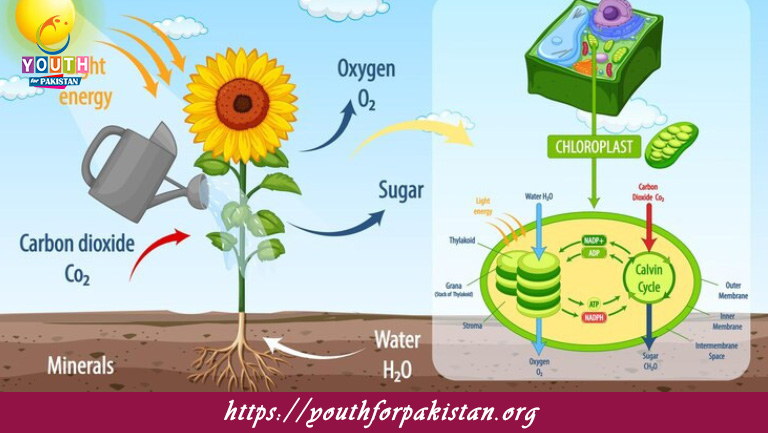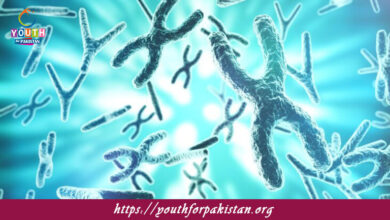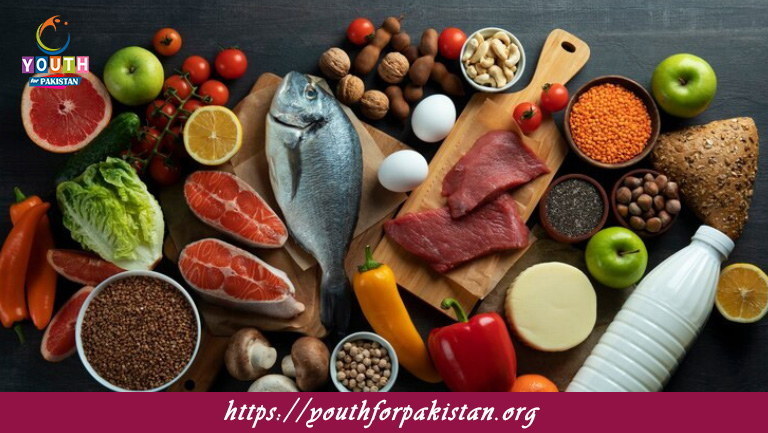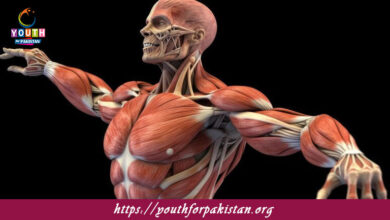Photosynthesis MDCAT Quiz with Answers

Photosynthesis MDCAT Quiz: Photosynthesis is a basic biological process by which plants, algae, and certain types of bacteria convert light energy into chemical energy in the form of glucose. It occurs in the chloroplasts of plant cells, a very critical process that all living organisms depend on, as it provides oxygen and organic molecules. The overall process is dichotomized mainly into two stages: light-dependent and light-independent reactions, also known as the Calvin cycle. Photosynthesis is a central theme in terms of energy flow across ecosystems and is an important topic for MDCAT students.
Light-Dependent Reactions
Light-dependent reactions occur in thylakoid membranes of the chloroplast, where the action of sunlight is required. Here, chlorophyll’s role is to absorb light energy, excite electrons, and pass them on through an electron transport chain, generating ATP and NADPH, which are utilized in the Calvin cycle. Also, in this process, water molecules are cleaved in a process known as photolysis, where oxygen is released. These reactions are very essential because they produce the energy carrier required in the next stage.
Light-Independent Reactions
The Calvin cycle
The light-independent reactions, or Calvin Cycle, take place in the stroma of the chloroplasts and do not directly require light. Using ATP and NADPH provided by the light-dependent reactions, the cycle fixes carbon dioxide into organic molecules like glucose. The key steps are carbon fixation, reduction, and regeneration of RuBP. These reactions ensure the production of energy-rich carbohydrates that fuel plant growth and metabolism.
Test Your Knowledge with an MDCAT Quiz
An MDCAT Quiz on Photosynthesis will test your understanding of the processes, products, and significance of photosynthesis. The quiz will include such topics as the role of chlorophyll, the stages of light-dependent and light-independent reactions, and the importance of ATP and NADPH. Regularly practicing these quizzes will help consolidate your knowledge in this extremely important topic for the MDCAT exam.
Free Flashcards for Quick Revision
Free Flashcards on Photosynthesis give you concise explanations of essential processes, including the electron transport chain, photophosphorylation, and carbon fixation. These flashcards are perfect for quickly revising important concepts to be prepared for questions on the MDCAT.
Knowing Photosynthesis is important for understanding how energy flows in biological systems. Use our quizzes and flashcards to build your knowledge and raise your MDCAT scores!

Which of the following molecules is the final electron acceptor in the light-dependent reactions?
NADP+

What is the significance of the proton gradient in the light-dependent reactions?
It drives ATP synthesis

In photosynthesis, which of the following serves as the electron carrier between photosystem II and photosystem I?
Plastocyanin
Experience the real exam environment with our expertly designed collection of over 25,000 MCQs MDCAT Mock Tests.





